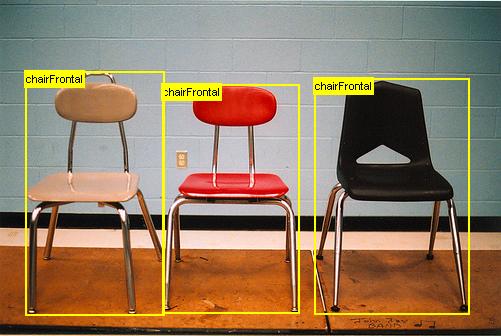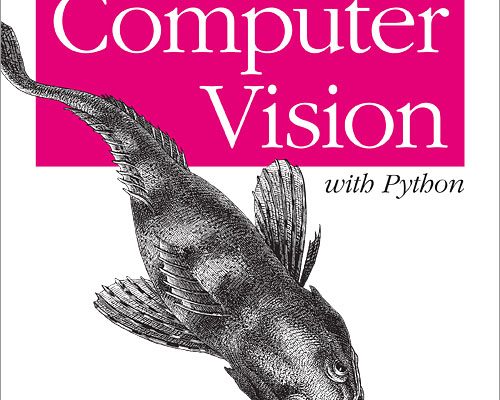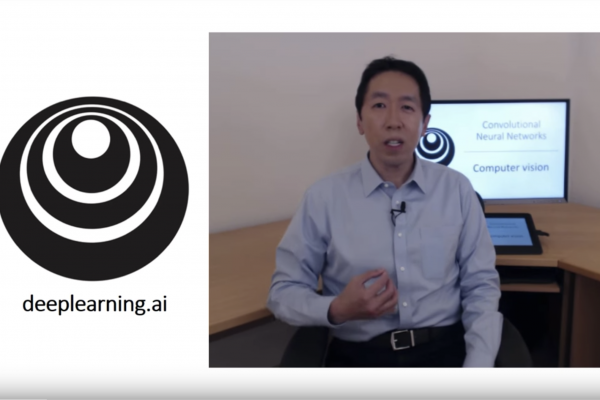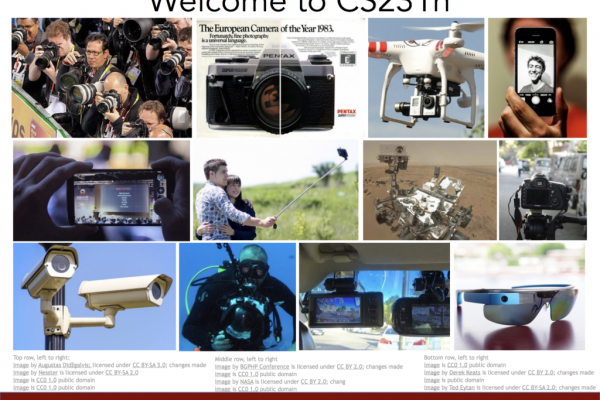Using Depthwise Separable Convolutions in Tensorflow
Looking at all of the very large convolutional neural networks such as ResNets, VGGs, and the like, it begs the question on how we can make all of these networks smaller with less parameters while still maintaining the same level of accuracy or even improving generalization of the model using a smaller amount of parameters. One approach is depthwise separable convolutions, also known by separable convolutions in TensorFlow and Pytorch (not to be confused with spatially separable convolutions which are […]
Read more







